Amazing Facts About The Slowest Animals In The World
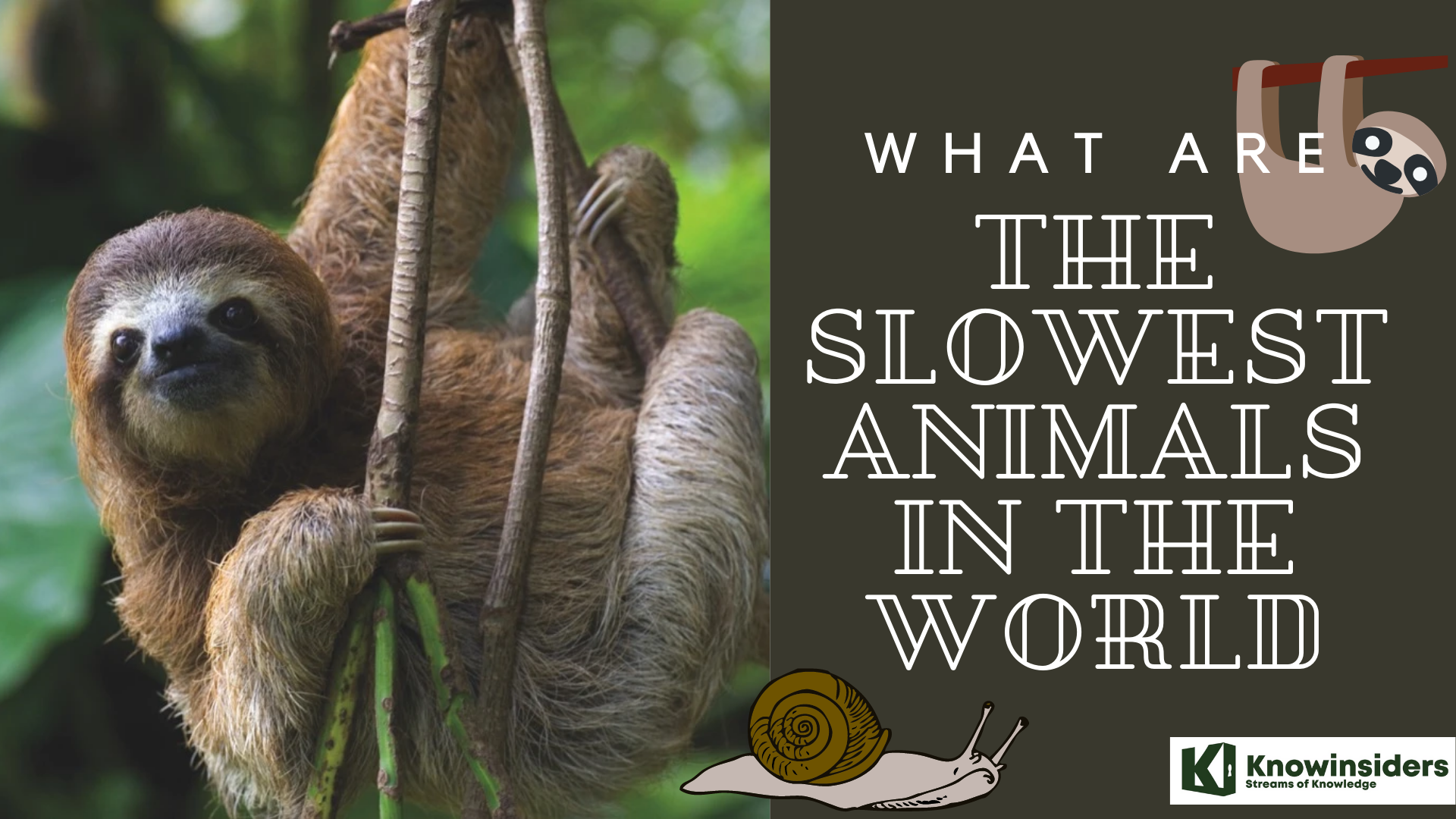 |
| What are the slowest animals in the world |
Everyone knows that the cheetah is the fastest land animal and that there are a number of extremely fast birds that can swoop on their prey at incredible speeds. But aside from the tortoise, snail, and sloth, would you be able to name any super-slow animals?
Whilst speed is a matter of life or death to many predators and prey, there are plenty of other species that enjoy an altogether different pace of life. Some creatures are simply not in a hurry – and have evolved to have no need to rush.
Every animal species have some kind of specialty that makes them unique. Some animals have the power to run faster than supercars, at the same time some species are super slow in motion. Keep reading the post below fortop 5 slowest animals in the world.
Why Do Some Animals Live Life in the Slow Lane?
The slowest mammals in the world, sloths, have a top speed of a mere mile (1.6 kilometers) per hour. Their biology makes them poke along at a rate that would get them honked at in traffic.
Sloths are “living on the edge of their energy budget,” Becky Cliffe, a zoologist at the Sloth Sanctuary of Costa Rica, says via email. They have a very slow metabolism and “every move has to be planned out.” The animals can’t even regulate their own body temperature, and that affects their digestion. Food takes an average of 16 days to pass through a sloth’s digestive system. But warmer weather helps that process go a little faster, Cliffe reported in a study published April 2 in Peerj. That lets sloths eat more when temperatures are higher.
The leisurely lifestyle can be dangerous. Without the ability to outrun predators, many slower animals have adaptations that make them difficult or unpleasant to pursue or eat.
There’s not much better defense than having armor fused to your body, like the iconically slow turtles and tortoises. ”Having that kind of architecture doesn’t make you speedy,” says Jeffrey Lovich, a reptile expert at the U.S. Geological Survey’s Southwest Biological Science Center. The desert tortoise, for example, has an average speed of 0.2 mile (0.3 kilometer) per hour. But the excellent protection on these herbivores has helped them survive for over 200 million years in the slow lane.
Mollusks, the group to which slugs and snails belong, have made it 550 million years without a speeding ticket. Traveling by muscular contractions called pedal waves makes slugs and snails pretty slow. Like turtles, snails rely on a defensive shell. Being nocturnal and having a mucus that smells and tastes nasty helps provide some additional safety.
Manatees, herbivorous marine mammals found in some shallow coastal areas and rivers, swim at about 5 miles (8 kilometers) per hour, notes George Burgess of the Florida Museum of Natural History. But sea cows, as they are also known, have a tough skin and are so big that even though their main predator, the bull shark, might take a bite out of a manatee tail, the entire animal usually proves too much of a meal.
List of top 5 slowest animals in the world
5. Giant tortoise - 0.3 km per hour
4. Three toed sloth - 0.27 km per hour
3. Sea horse - 0.015 km per hour
2. Starfish - 0.009 km per hour
1. Sea anemone – 0.0001 km per hour
What are the slowest animals in the world?
5. Giant tortoise - 0.3 km per hour
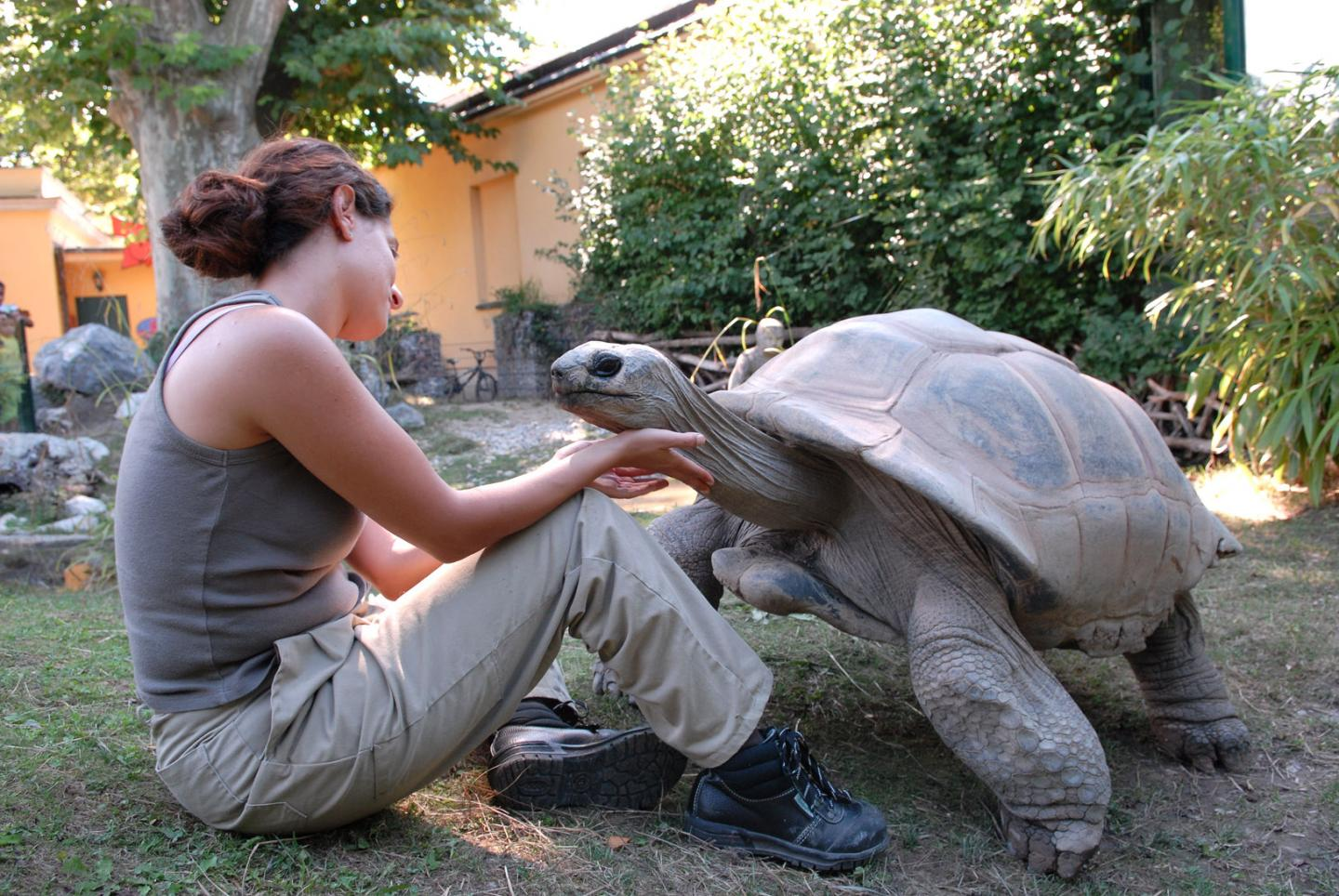 |
| Photo: Study Finds |
Giant tortoises are any of several species of various large land tortoises, which include a number of extinct species, as well as a few living species formerly common on the islands of the western Indian Ocean and on the Galápagos Islands.
The phenomenon of animal species evolving in cache to unusually large size on islands (in comparison to continental relatives) is known as island gigantism or insular gigantism. This may occur due to factors such as relaxed predation pressure, competitive release, or as an adaptation to increased environmental fluctuations on islands. However, giant tortoises are no longer considered to be classic examples of island gigantism, as similarly massive tortoises are now known to have once been widespread. Giant tortoises were formerly common (prior to the Quaternary extinctions) across the Cenozoic faunas of Eurasia, Africa and the Americas.
Giant tortoises are notably absent from Australia and the South Pacific. However, extinct giant horned turtles (Meiolaniidae) likely filled a similar niche, with Late Pleistocene-Holocene meiolaniid species being known from Australia, New Caledonia, Lord Howe Island, Vanuatu, and the Fijian Archipelago. The identity of the Vanuatu meiolaniid has been controversial, however, with some studies concluding the remains actually belong to a giant tortoise, which are otherwise unknown from this region. Older (Early Miocene) meiolaniids are also known from the St. Bathans fauna in New Zealand.
4. Three toed sloth - 0.27 km per hour
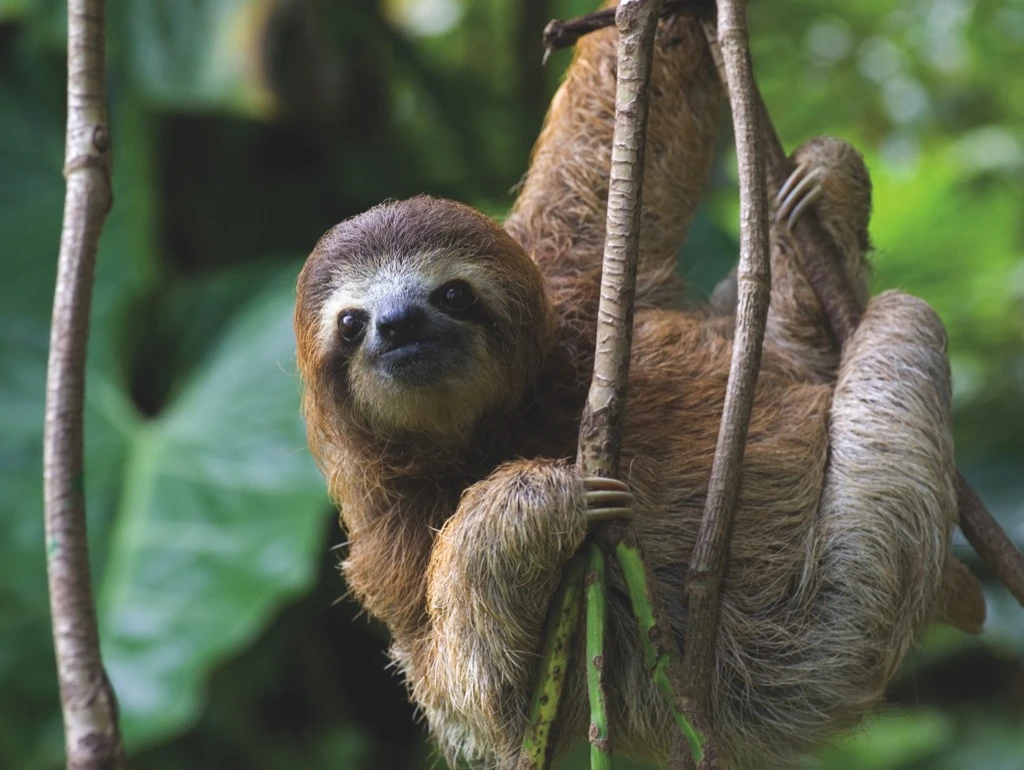 |
| Photo: Getty Images |
Sloths—the sluggish tree-dwellers of Central and South America—spend their lives in the tropical rain forests. They move through the canopy at a rate of about 40 yards per day, munching on leaves, twigs and buds. Sloths have an exceptionally low metabolic rate and spend 15 to 20 hours per day sleeping. And surprisingly enough, the long-armed animals are excellent swimmers. They occasionally drop from their treetop perches into water for a paddle.
There are two different types of sloths, two-toed and three-toed, and six species:
Pygmy three-toed sloth (Bradypus pygmaeus)
Maned sloth (Bradypus torquatus)
Pale-throated sloth (Bradypus tridactylus)
Brown-throated sloth (Bradypus variegatus)
Linnaeus’s two-toed sloth (Choloepus didactylus)
Hoffman’s two-toed sloth (Choloepus hoffmanni)
Of those, the pygmy sloth is critically endangered and the maned sloth is vulnerable.
All sloths are built for life in the treetops. They spend nearly all of their time aloft, hanging from branches with a powerful grip aided by their long claws. (Dead sloths have been known to retain their grip and remain suspended from a branch.) Sloths even sleep in trees, and they sleep a lot—some 15 to 20 hours every day. Even when awake they often remain motionless. At night they eat leaves, shoots, and fruit from the trees and get almost all of their water from juicy plants.
The three-toed sloth emits a long, high-pitched call that echoes through the forests as “ahh-eeee.” Because of this cry these sloths are sometimes called ais (pronounced “eyes”).
Three-toed sloths also have an advantage that few other mammals possess: They have extra neck vertebrae that allows them to turn their heads some 270 degrees.
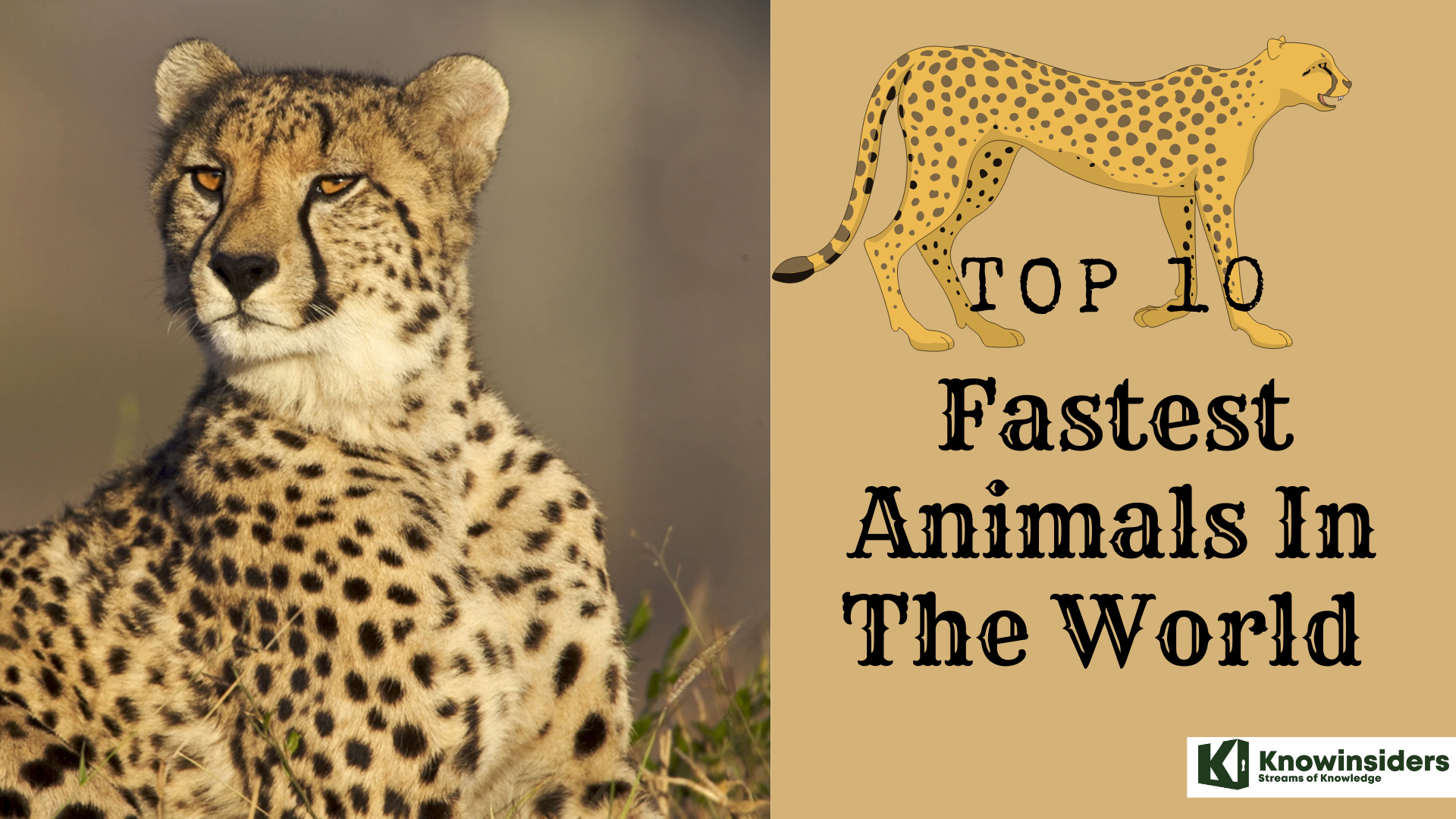 Amazing Facts About The Fastest Animals In The World Amazing Facts About The Fastest Animals In The World To learn about what are the fastest animals in the world, keep reading the article below. |
3. Sea horse - 0.015 km per hour
 |
| Photo: Getty Images |
A seahorse (also written sea-horse and sea horse) is any of 46 species of small marine fish in the genus Hippocampus. "Hippocampus" comes from the Ancient Greek hippókampos (ἱππόκαμπος), itself from híppos (ἵππος) meaning "horse" and kámpos (κάμπος) meaning "sea monster". Having a head and neck suggestive of a horse, seahorses also feature segmented bony armour, an upright posture and a curled prehensile tail. Along with the pipefishes and seadragons (Phycodurus and Phyllopteryx) they form the family Syngnathidae.
Seahorses are mainly found in shallow tropical and temperate salt water throughout the world, from about 45°S to 45°N. They live in sheltered areas such as seagrass beds, estuaries, coral reefs, and mangroves. Four species are found in Pacific waters from North America to South America. In the Atlantic, Hippocampus erectus ranges from Nova Scotia to Uruguay. H. zosterae, known as the dwarf seahorse, is found in the Bahamas.
Colonies have been found in European waters such as the Thames Estuary.
Three species live in the Mediterranean Sea: H. guttulatus (the long-snouted seahorse), H. hippocampus (the short-snouted seahorse), and H. fuscus (the sea pony). These species form territories; males stay within 1 m2 (10 sq ft) of habitat, while females range over about one hundred times that.
2. Starfish - 0.009 km per hour
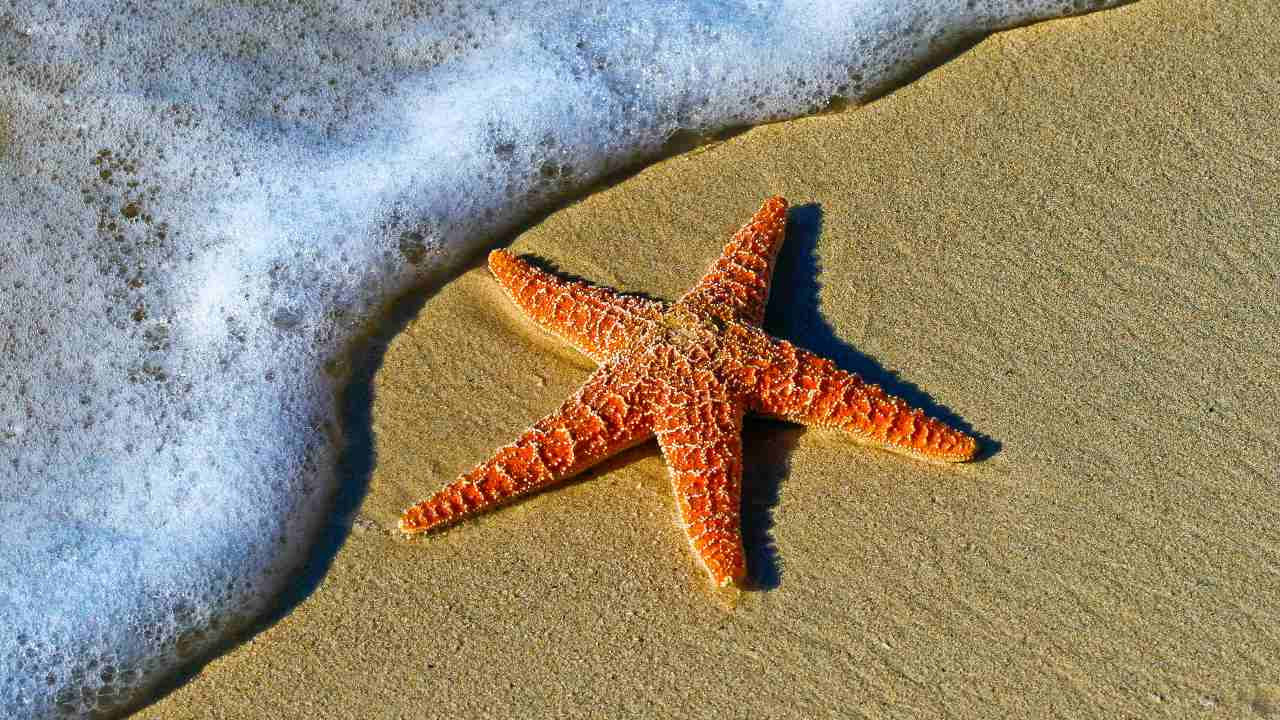 |
| Photo: Firstpost |
Marine scientists have undertaken the difficult task of replacing the beloved starfish’s common name with sea star because, well, the starfish is not a fish. It’s an echinoderm, closely related to sea urchins and sand dollars.
There are some 2,000 species of sea star living in all the world’s oceans, from tropical habitats to the cold seafloor. The five-arm varieties are the most common, hence their name, but species with 10, 20, and even 40 arms exist.
Beyond their distinctive shape, sea stars are famous for their ability to regenerate limbs, and in some cases, entire bodies. They accomplish this by housing most or all of their vital organs in their arms. Some require the central body to be intact to regenerate, but a few species can grow an entirely new sea star just from a portion of a severed limb.
1. Sea anemone – 0.0001 km per hour
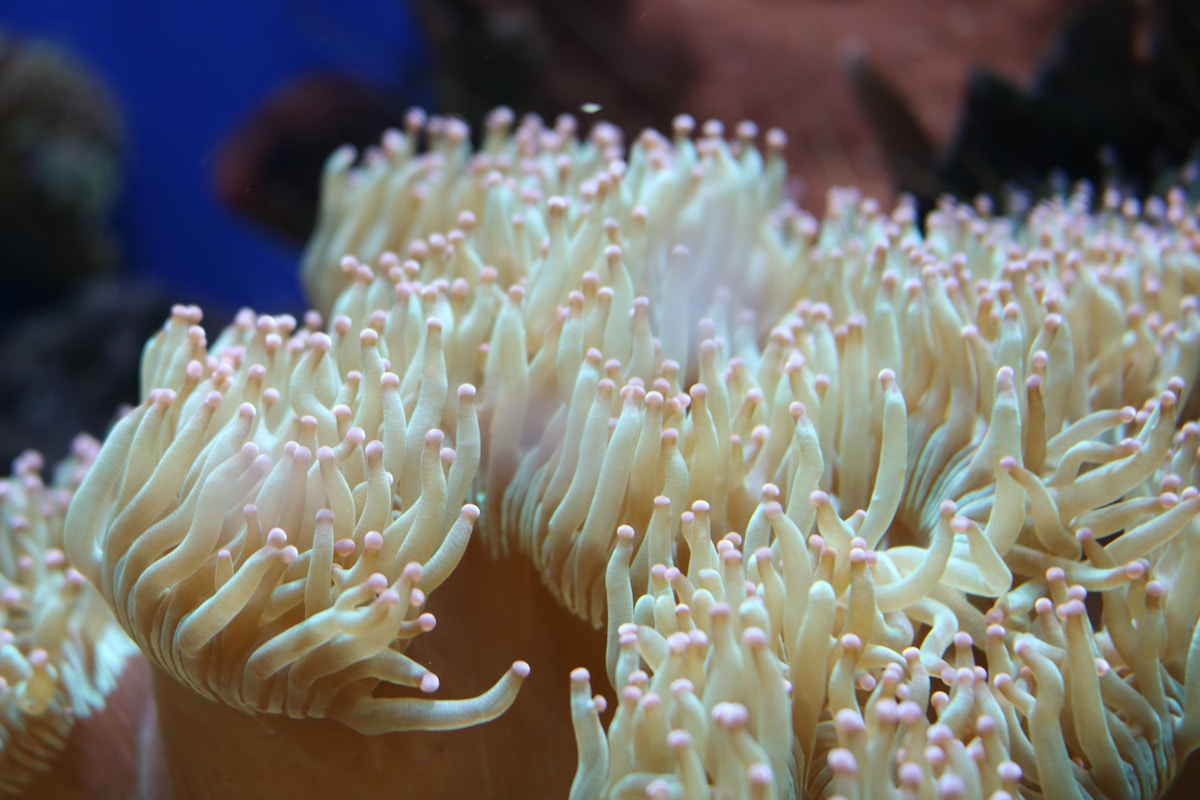 |
| Photo: The Ocean Foundation |
The ornately colored sea anemone (uh-NEM-uh-nee) is named after the equally flashy terrestrial anemone flower. A close relative of coral and jellyfish, anemones are stinging polyps that spend most of their time attached to rocks on the sea bottom or on coral reefs waiting for fish to pass close enough to get ensnared in their venom-filled tentacles.
There are more than 1,000 sea anemone species found throughout the world’s oceans at various depths, although the largest and most varied occur in coastal tropical waters. They run the full spectrum of colors and can be as small as half an inch or as large as 6 feet across.
Some anemones, like their coral cousins, establish symbiotic relationships with green algae. In exchange for providing the algae safe harbor and exposure to sunlight, the anemone receives oxygen and sugar, the bi-products of the algae's photosynthesis.
They form another, more famous symbiotic alliance with clownfish, which are protected by a mucus layer that makes them immune to the anemone's sting. Clownfish live within the anemone’s tentacles, getting protection from predators, and the anemone snacks on the scraps from the clownfish’s meals.
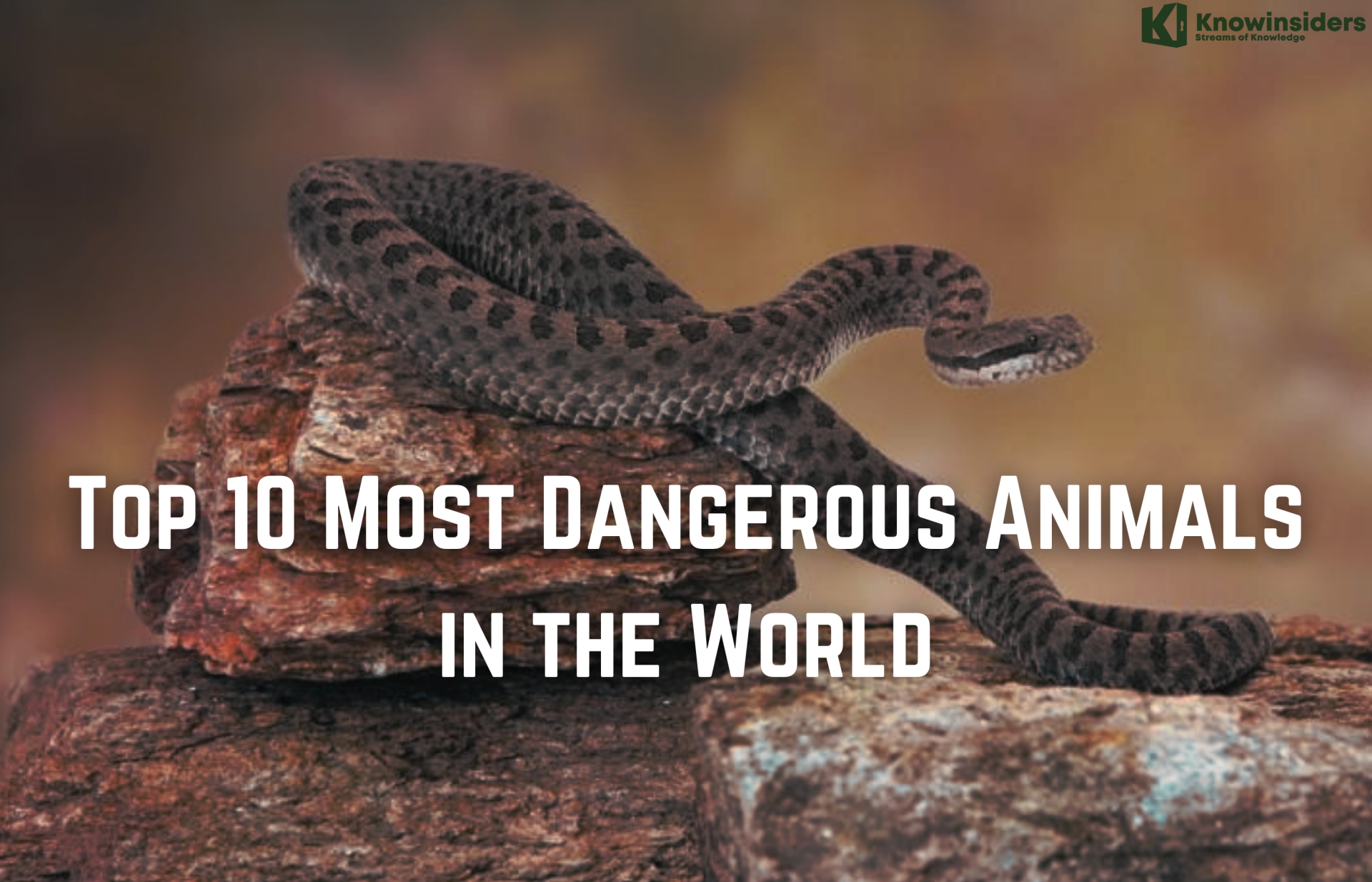 Top 10 Most Dangerous Animals in the World Top 10 Most Dangerous Animals in the World Although Hollywood films suggest our greatest threats include sharks and rampaging apes, the deadliest creatures are often much smaller – and more likely to kill ... |
 Top 10 Most Beautiful Animals in the World Top 10 Most Beautiful Animals in the World All animals living on earth are beautiful. The diversity on our planet is practically endless with different sizes, shapes, characteristics and colours. Here is 10 ... |
 Top 10 Most Expensive Animals In The World Today Top 10 Most Expensive Animals In The World Today Animals are human’s friends so many of us are ready to spend a large amount of money buying animals. ... |
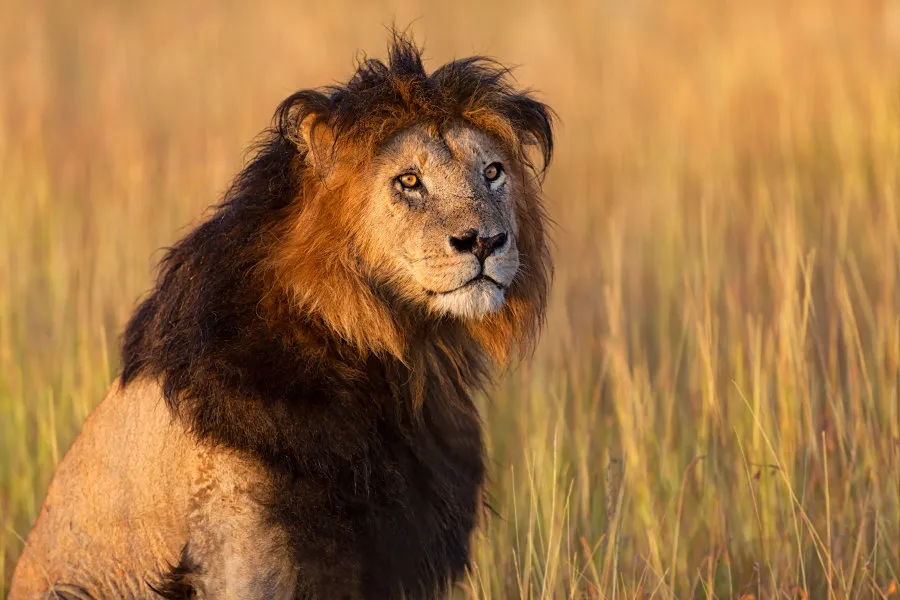 Amazing Facts About Black-Mained Lion Amazing Facts About Black-Mained Lion There are strong, huge and wonderful predators in the wild, and black-maned lions are one of them. They have been considered extremely beautiful and attractive ... |


























